The Origin of Life
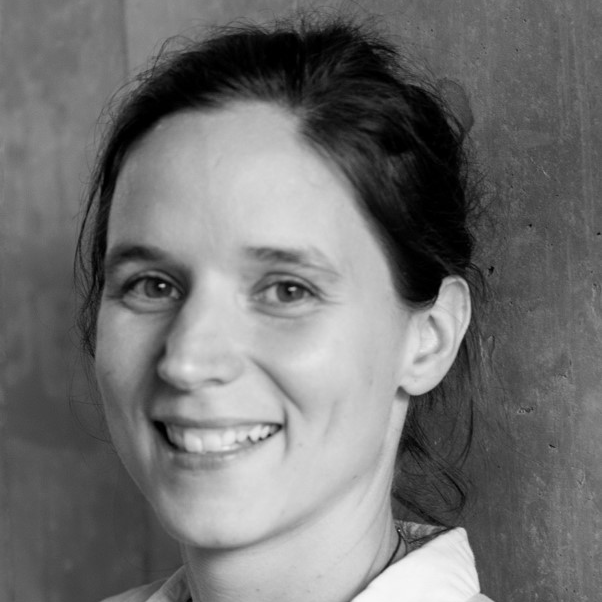 | Klara Hlouchova (Charles University, Czech Republic) |
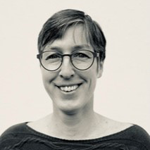 | Birte Höcker (University of Bayreuth, Germany) |
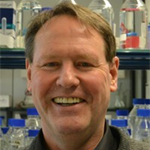 | William F. Martin (University of Düsseldorf, Germany) |
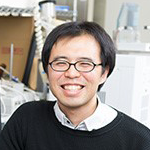 | Shunsuke Tagami (RIKEN Center for Biosystems Dynamics Research, Japan) |
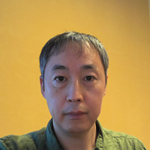 | Yohei Yokobayashi (Okinawa Institute of Science and Technology Graduate University, Japan) |
Adaptation and Evolution
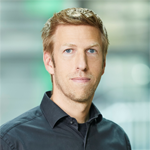 | Tobias Bollenbach (University of Cologne, Germany) |
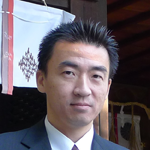 | Chikara Furusawa (RIKEN Center for Biosystems Dynamics Research, Japan) Chikara Furusawa received B.Sc degree in physics from the Meiji University in 1995 and M.Sc in biological physics from the University of Tokyo in 1997. He received Ph.D in biological physics from the University of Tokyo in 2000. He spent a year of postdoctoral training in the laboratory of Prof. Shin-ichi Nishikawa at RIKEN Center for Developmental Biology working on experimental analysis of stem cell differentiation. From 2003 to 2008, he was an associate professor in Osaka University working on theoretical biology and bioengineering. He was then appointed as a Team Leader at RIKEN Quantitative Biology Center (QBiC) and from 2018 until present, he is serving as a Team Leader at RIKEN Center for Biosystems Dynamics Research (BDR). His research activities included: Theoretical and experimental analysis of cell differentiation, adaptation, and evolution; Metabolic modeling for bioengineering; Experimental evolution of bacterial cells. He was awarded the Young Scientists' Prize from the Minister of Education, Culture, Sports, Science and Technology, Japan (2011) and The 26th Nishinomiya-Yukawa memorial award (2011). |
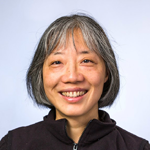 | Wenying Shou (University College London, UK) |
Intracellular Organization
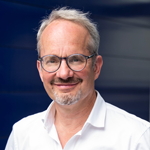 | Anthony A. Hyman (Max Planck Institute of Molecular Cell Biology and Genetics, Germany) |
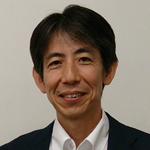 | Noboru Mizushima (The University of Tokyo, Japan) |
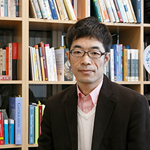 | Tatsuo Shibata (RIKEN Center for Biosystems Dynamics Research, Japan) |
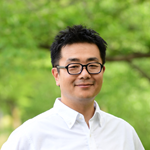 | Masashi Tachikawa (Kyoto University, Japan) |
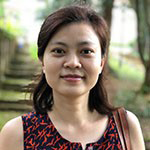 | Min Wu (Yale University, USA) |
Multicellular Systems
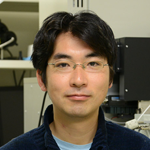 | Mototsugu Eiraku (Kyoto University, Japan) |
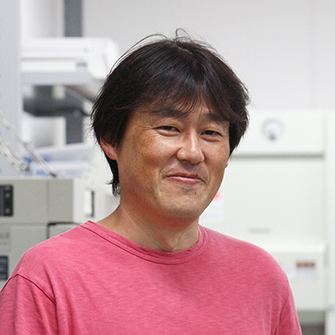 | Shuichi Onami (RIKEN Center for Biosystems Dynamics Research, Japan) |
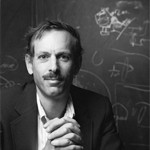 | Eric D. Siggia (The Rockefeller University, USA) |
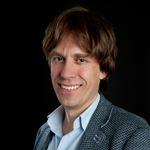 | Alexander van Oudenaarden (Hubrecht Institute, The Netherlands) |
Brain Functions and Consciousness
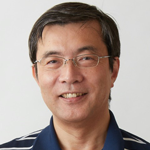 | Atsushi Iriki (RIKEN Center for Biosystems Dynamics Research, Japan) |
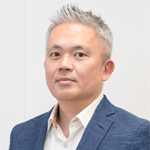 | Ryota Kanai (Araya Inc., Japan) |
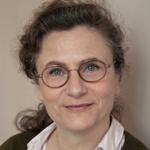 | Catherine Tallon-Baudry (École Normale Supérieure, France) |
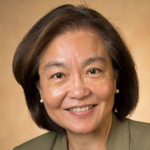 | Anna Wang Roe (Zhejiang University, China) |
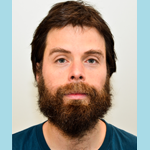 | Fernando E. Rosas (Imperial College London, UK) |
AI, Computing and Robotics
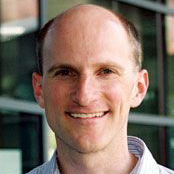 | Markus Covert (Stanford University, USA) |
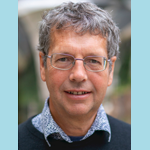 | Ross King (Chalmers University of Technology, Sweden) |
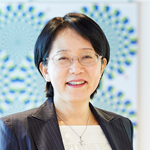 | Masayo Takahashi (Vision Care Inc. / RIKEN Center for Biosystems Dynamics Research, Japan)
|
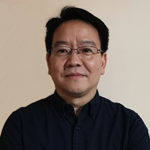 | Si Wu (Peking University, China) |

